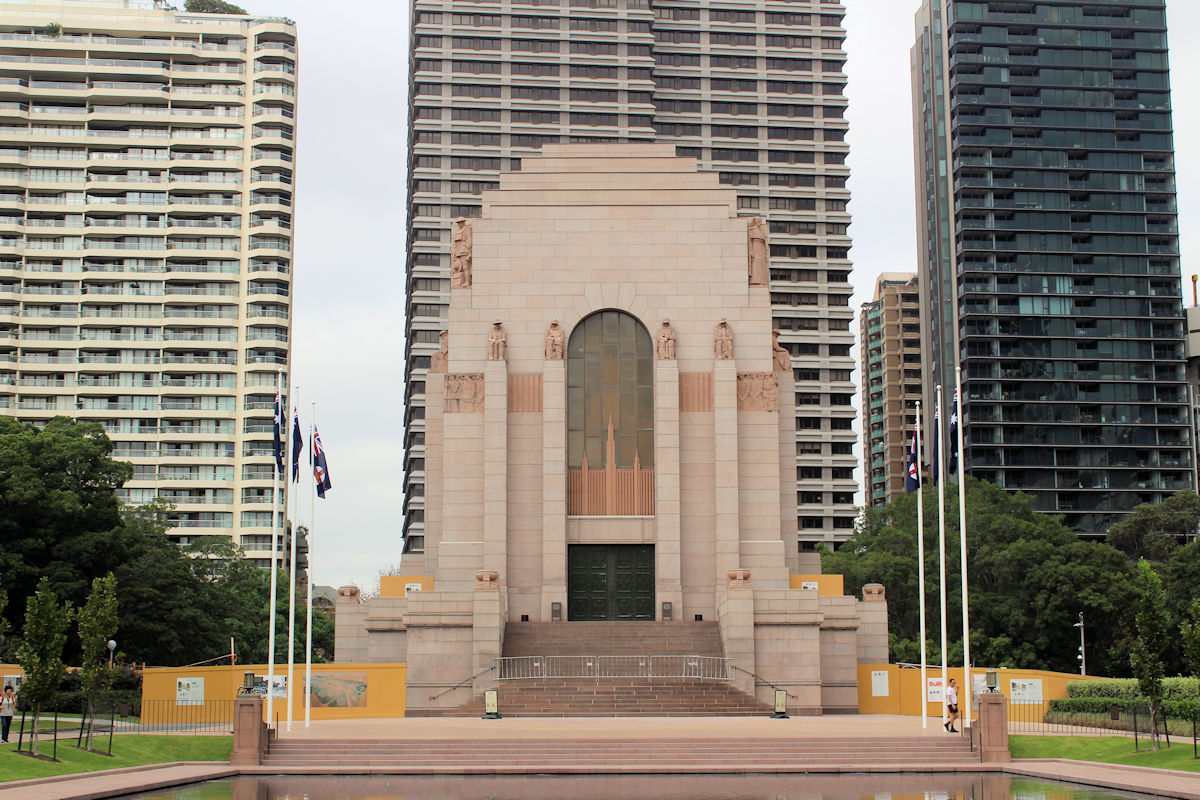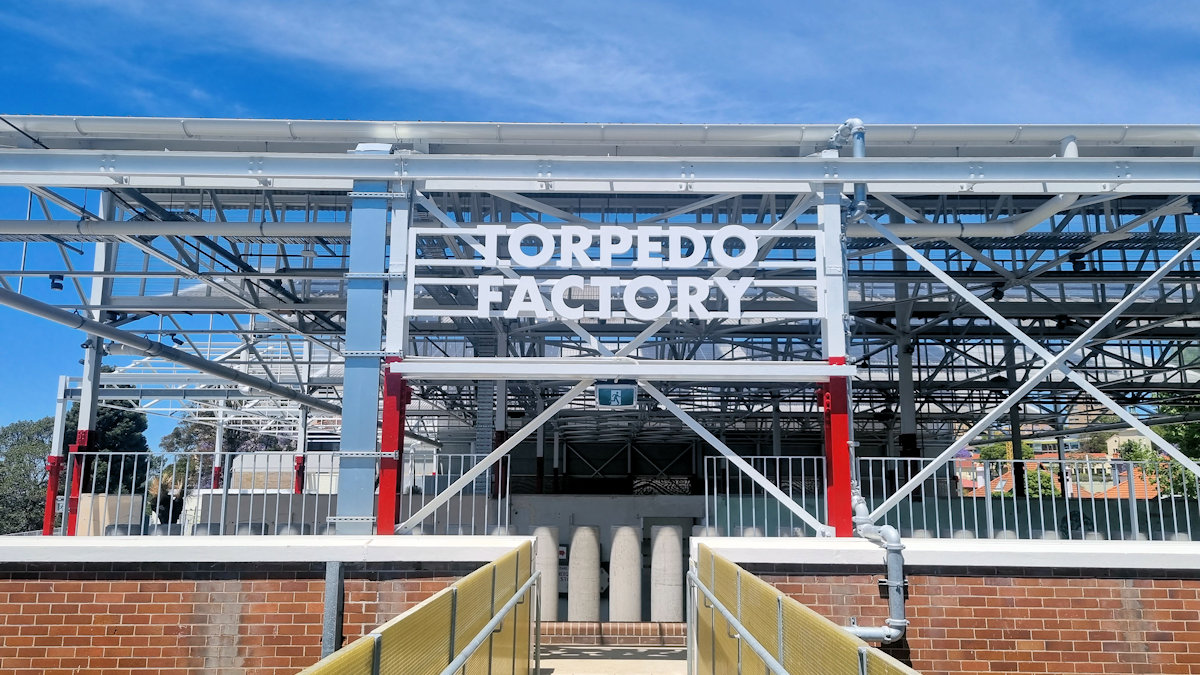Category: Military
-
ANZAC Memorial Sydney

ANZAC Memorial Hyde Park Sydney The ANZAC Memorial was built to commemorate the Australian Imperial Force of World War I. It is the focal point of the southern section of Hyde Park, along with the Pool of Reflection. On ANZAC Day and Remembrance Day, the memorial is the central focus of the ceremonies, so it can be… Read more
-
Australian National Maritime Museum

Australian National Maritime Museum Covering Australia’s maritime history from pre-colonial times to the present, the Australian National Maritime Museum in Sydney has an excellent collection of ships and artefacts on display. The most obvious displays are the ships and boats of the heritage fleet docked on Darling Harbour, but those inside also deserve a lot… Read more
-
Sub Base Platypus Torpedo Factory

Sub Base Platypus Torpedo Factory Opened in September 2023, the Torpedo Factory at Sub Base Platypus is an excellent addition to this heritage site. Managed by the Harbour Trust, the old factory was partially demolished and revitalised as an open public space. Getting There We used public transport, getting the train to Milsons Point Station… Read more